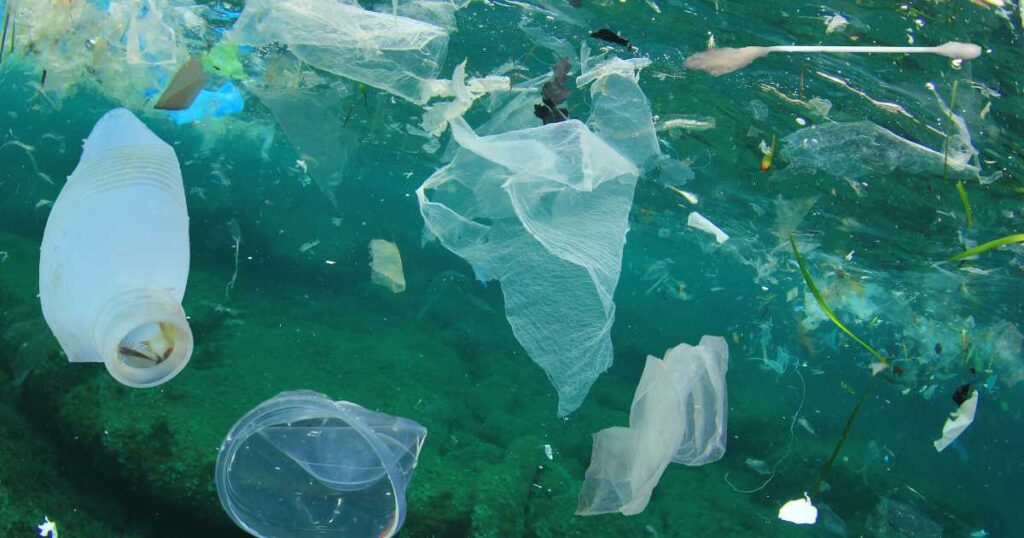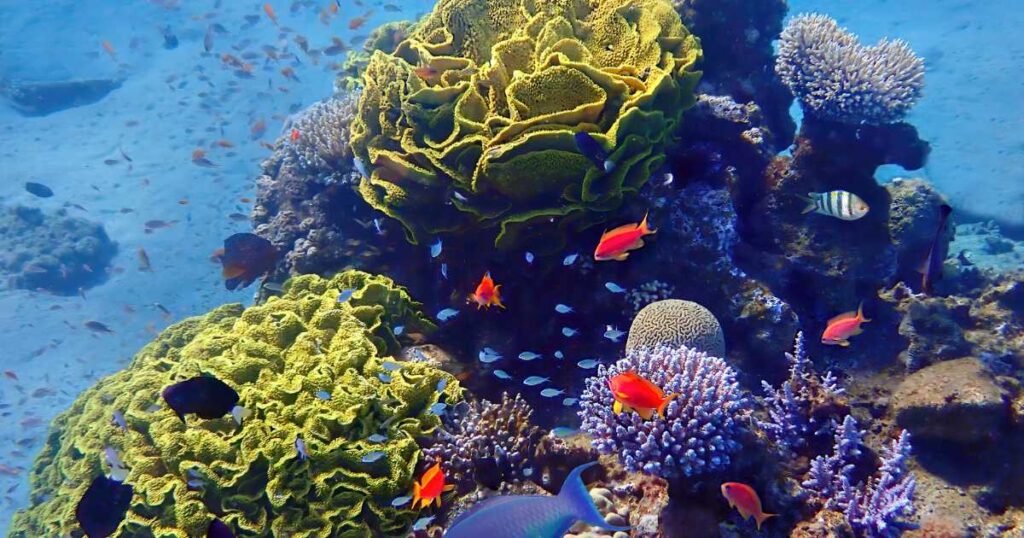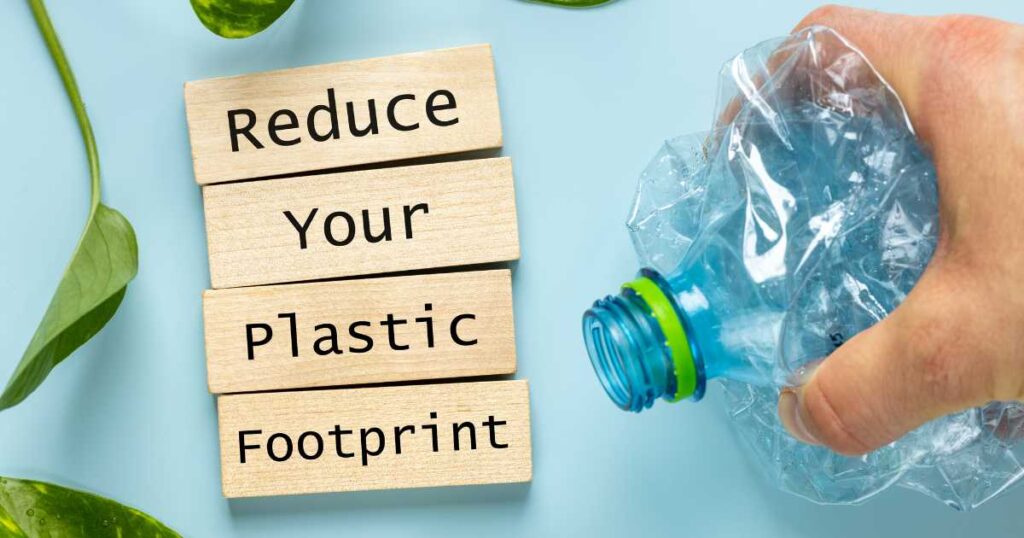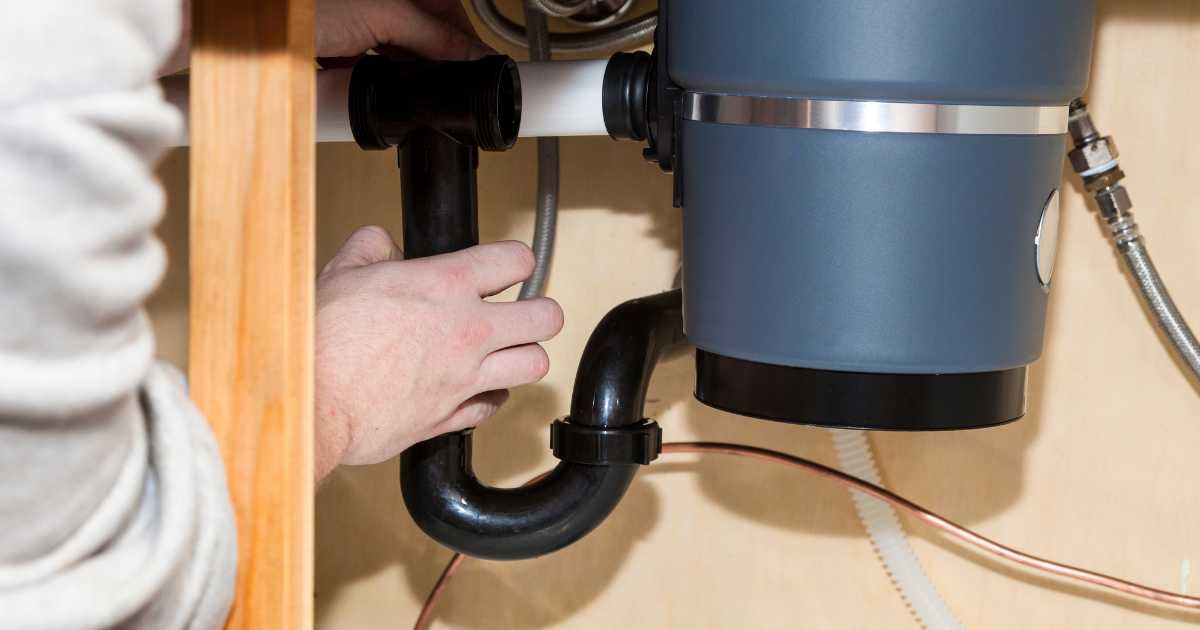Improper garbage disposal in oceans and water bodies is wreaking havoc on our planet, posing a dire threat to ecosystems, biodiversity, and human well-being. Oceans, covering approximately 70% of Earth’s surface, are the foundation of life, regulating climate, generating oxygen, and providing food, jobs, and cultural value to billions of people. Yet, they are drowning in waste.
According to the National Oceanic and Atmospheric Administration (NOAA), billions of pounds of waste and pollutants are released into the oceans annually. This pollution disrupts marine ecosystems, endangers biodiversity, and creates long-term impacts on human health and economies. Let’s explore the causes, consequences, and actionable solutions for this escalating crisis.
What Is Ocean Pollution?
Ocean pollution, also known as marine pollution, is the contamination of oceans with harmful substances, including plastics, chemicals, oil, and sewage. These pollutants either flow from land via rivers, are carried by air, or are deliberately dumped into the seas. Human negligence is at the core of this issue, and addressing it requires collective action.
Key Causes of Ocean Pollution
Nonpoint Source Pollution (Runoff)
Nonpoint source pollution originates from scattered sources, making it challenging to control. Rainwater carries harmful substances such as fertilizers, pesticides, oil, and chemicals from farms, urban areas, and roads into waterways and, eventually, the oceans. This introduces toxins into marine ecosystems, leading to algal blooms that suffocate aquatic life and disrupt food chains. Using solutions like waste management dumpster rules can help communities control nonpoint pollution.

Intentional Discharge
Factories, industries, and municipalities worldwide often dump untreated hazardous waste, including heavy metals, industrial chemicals, and raw sewage, directly into oceans. Plastic pollution, a significant part of intentional discharge, poses a severe threat. Over 8 million metric tons of plastic enter oceans each year, forming garbage patches like the Great Pacific Garbage Patch. Plastic not only entangles and kills marine life but also breaks down into microplastics, which infiltrate the food chain and harm human health.
Oil Spills
Accidental oil spills from tankers, offshore drilling, and pipeline leaks release millions of gallons of crude oil into the sea. Oil creates thick layers on the water surface, blocking sunlight and suffocating marine organisms. A prime example is the 2010 Deepwater Horizon spill, which released 134 million gallons of oil into the Gulf of Mexico, causing catastrophic damage to marine ecosystems.
Ghost Fishing Gear
Discarded or lost fishing nets, often referred to as “ghost gear,” continue to trap and kill marine animals long after their intended use. These nets contribute significantly to marine debris and are deadly to fish, turtles, dolphins, and seabirds. Solutions like eco-friendly waste management can reduce marine debris.
Chemical and Toxic Waste
Chemicals from mining, agriculture, and industry leach into water bodies and eventually reach the oceans. Substances like mercury, lead, and pesticides disrupt marine ecosystems, causing reproductive issues, genetic mutations, and population declines in marine species.
Airborne Pollution
Pollutants released into the atmosphere, such as sulfur dioxide, carbon dioxide, and heavy metals, can settle into the oceans. Acid rain, caused by airborne pollution, lowers the pH of ocean water, leading to ocean acidification, which harms coral reefs and shell-forming species like crabs and oysters.
Maritime Activities
Shipping and recreational boating contribute to ocean pollution. Ballast water from ships introduces invasive species to new environments, disrupting ecosystems, while waste discharge, fuel leaks, and underwater noise harm marine life.
Eutrophication
Nutrient-rich runoff from agriculture and urban areas results in excessive algae growth, known as eutrophication. These algae blooms block sunlight and deplete oxygen levels, creating “dead zones” where marine life cannot survive.
The Devastating Effects of Ocean Pollution
Biodiversity Loss
Ocean pollution has decimated marine species, with many facing extinction. Marine mammals, sea turtles, seabirds, and fish are particularly vulnerable, either becoming entangled in debris, ingesting harmful plastics, or suffering from toxic contamination.

Damage to Coral Reefs
Coral reefs, often called the “rainforests of the sea,” are dying at an alarming rate due to chemical pollution, plastic debris, and rising ocean temperatures caused by climate change.
These reefs support 25% of all marine species, and their loss has cascading effects on global biodiversity.
Impacts on Human Health
Humans are directly affected by ocean pollution. Microplastics and toxic chemicals from polluted seafood enter the human body, causing health problems such as hormone disruption, developmental delays, cancer, and neurological disorders. Polluted coastal areas also harbor harmful bacteria, leading to waterborne diseases.
Economic Consequences
Ocean pollution costs the global economy billions of dollars annually. Coastal tourism suffers due to littered beaches and polluted waters, while fisheries experience losses from depleted fish stocks and contaminated seafood. Additionally, the cleanup of oil spills and marine debris requires substantial financial resources. artnering with residential dumpster rental services can help manage waste sustainably.
Climate Change Feedback Loop
- Pollution weakens the ocean’s ability to absorb carbon dioxide, accelerating climate change.
- Ocean acidification, caused by excess CO₂, threatens ecosystems and diminishes the oceans’ role as a global carbon sink.
Invasive Species
Pollution and ballast water from ships introduce invasive species to new environments, outcompeting native marine life and causing long-term ecological imbalances.
Solutions to Combat Ocean Pollution
Reduce Plastic Dependency
- Minimize single-use plastics, such as bags, straws, and bottles.
- Promote the use of biodegradable alternatives.
- Implement strict policies banning plastic waste exports to developing countries.

Strengthen Global Waste Management
- Improve recycling infrastructure to ensure waste is repurposed rather than discarded.
- Establish waste collection and treatment facilities in coastal and urban areas.
- Encourage composting and eco-friendly disposal methods.
Promote Sustainable Practices
- Encourage eco-friendly farming practices to reduce chemical runoff.
- Implement green technologies in industries to minimize emissions and waste discharge.
- Support renewable energy sources to reduce reliance on fossil fuels.
Enforce International Policies
- Strengthen treaties like the MARPOL Convention to regulate waste discharge from ships.
- Hold industries accountable for illegal dumping.
- Expand marine protected areas to safeguard critical ecosystems.
Support Cleanup Initiatives
- Join or fund organizations like The Ocean Cleanup, which removes plastic waste from oceans and rivers.
- Promote community-driven beach cleanup programs.
- Invest in technologies that safely extract oil and debris from water.
Educate and Raise Awareness
- Conduct public awareness campaigns about the impacts of ocean pollution.
- Educate communities on sustainable waste disposal and recycling practices.
- Highlight the connection between ocean health and human well-being.
Encourage Individual Action
- Avoid littering, especially near water bodies.
- Participate in local cleanup efforts.
- Opt for sustainable seafood and eco-friendly products to reduce demand for harmful practices.
Frequently Asked Question
What is the Great Pacific Garbage Patch, and Why is it a Problem?
The Great Pacific Garbage Patch is a massive accumulation of plastic waste and debris floating in the North Pacific Ocean. Spanning an area larger than the size of some countries, this patch serves as a powerful symbol of the global plastic pollution crisis. It disrupts marine life, harms ecosystems, and serves as a reminder of the urgent need to reduce plastic waste and prevent further damage to our oceans.
How Do Chemicals and Toxins Enter the Ocean?
Chemicals and toxins often enter the ocean through industrial runoff, agricultural practices, and waste disposal. Pesticides, heavy metals, and other hazardous substances can be carried by rainwater or sewage systems and eventually end up in marine environments. These chemicals pose a significant threat to marine life, causing long-term damage to ecosystems and potentially entering the food chain, impacting human health as well.
What Are Microplastics, and How Do They Affect Marine Life?
Microplastics are tiny plastic particles less than 5mm in size that originate from the breakdown of larger plastic items. These particles are often ingested by marine animals, ranging from plankton to larger fish and marine mammals, which mistake them for food. As a result, microplastics accumulate in marine food chains, potentially causing health problems for both wildlife and humans who consume seafood.
How Do Oil Spills Affect Coastal Communities?
Oil spills not only damage marine ecosystems but also pose a significant threat to coastal communities. The toxic effects of spilled oil can contaminate beaches, harming local industries like tourism and fishing. Additionally, the cleanup process is often expensive and time-consuming, placing an economic burden on affected areas. Long-term ecological impacts, such as the destruction of coastal habitats and wildlife, also affect the livelihoods of local populations.
What Role Do Fishing Practices Play in Ocean Pollution?
Fishing practices contribute to ocean pollution in several ways. Overfishing depletes fish populations, while discarded fishing gear, such as nets and lines, adds to marine debris.
Additionally, illegal or unsustainable fishing practices can lead to chemical pollution through the use of harmful substances or chemicals to catch fish. These practices harm both the marine environment and the communities that rely on healthy oceans for their livelihood.
What Are the Long-Term Effects of Ocean Pollution on Global Climate?
Ocean pollution plays a significant role in climate change. Polluted oceans absorb less carbon dioxide, exacerbating global warming. Additionally, the disruption of marine ecosystems, such as coral reefs, weakens the ocean’s ability to regulate climate by reducing biodiversity. Pollution can also impact the ocean’s role as a carbon sink, affecting global weather patterns and the planet’s overall climate stability.
How Can We Prevent Plastic from Entering the Ocean?
To prevent plastics from entering the ocean, it is crucial to reduce plastic production, improve waste management, and promote recycling. Individuals can help by reducing their use of single-use plastics, properly disposing of waste, and supporting policies aimed at eliminating plastic pollution. Governments and industries should focus on producing biodegradable alternatives and ensuring that plastic waste is responsibly handled before it reaches waterways.
How Do Marine Protected Areas Help Reduce Ocean Pollution?
Marine protected areas (MPAs) are designated zones in oceans where human activities, such as fishing and industrial development, are regulated or restricted to protect marine life. MPAs help reduce pollution by limiting harmful human activities and providing safe havens for marine species to recover. These areas also serve as valuable sites for scientific research and can act as buffer zones, preserving the health of ecosystems in nearby areas.
Why Are Coral Reefs So Important, and How Are They Affected by Pollution?
Coral reefs are vital to marine biodiversity, providing food and shelter to numerous species. They also protect coastal communities by acting as natural barriers against storms and erosion.
However, pollution, including plastics, oil spills, and chemicals, can cause coral bleaching, weaken coral health, and disrupt entire ecosystems. Preserving coral reefs is essential for maintaining marine biodiversity and protecting coastal economies.
What Can Governments Do to Combat Ocean Pollution?
Governments play a crucial role in combating ocean pollution by implementing and enforcing policies to reduce waste, control emissions, and regulate industries. These measures include stricter waste management laws, banning harmful chemicals, and promoting sustainable fishing practices. Additionally, governments can collaborate internationally on agreements to reduce marine pollution and fund cleanup initiatives to restore damaged ecosystems.
Conclusion:
Ocean pollution is not just an environmental issue; it is a humanitarian crisis that demands urgent action. Governments, industries, and individuals must unite to protect our oceans—the very lifeblood of our planet.
By reducing waste, enforcing regulations, and adopting sustainable practices, we can restore the health of our oceans and ensure a thriving future for all. The time to act is now, for the oceans—and the planet—depend on us.
